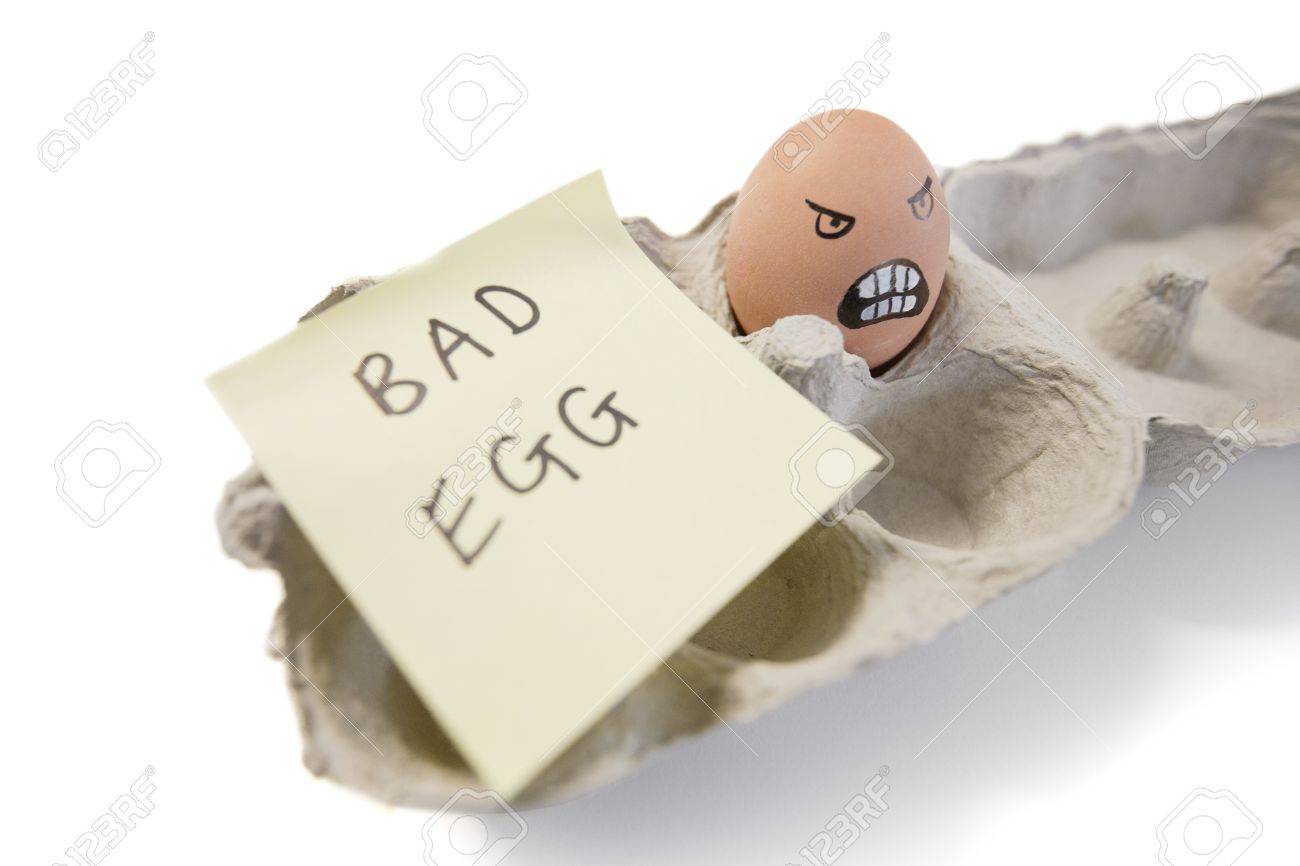Beitzah 3b (2)
1- Our Beraisa states: A Treifa egg that was mixed into a group of many Kosher eggs causes the entire mixture to be prohibited.

We are trying to figure why?
The general rule rule is that a non Kosher food item, when mixed into Kosher products is ‘Batul’, nullified.

There are a myriad of rules as to the precise ratio of Kosher to the non-Kosher one needs. But in general – the minority portion of non-Kosher is ‘batul’ and the entire mixture is permitted.
So why does this egg cause the mixture to be completely forbidden?

2- The Gemara attempts various answers. We tackled the first one:
Reb Meir states: An item which is sold by unit is considered important – “chashuv”, and therefore not ‘Batul’.
The Gemara discusses if it means: “only sold by unit” or “generally sold by unit”.
An egg, at least in the Gemara’s times, was usually sold by unit.

So if one assumes that an item that is “generally sold by unit” is not ‘batul’ this would answer why the Braisa states that a treifa egg that was mixed into a group of many kosher eggs causes the entire mixture to be prohibited.
The halacha is that only 7 items are important enough for them not to be Batul an any mixture. See here.
3- Talking about the ratio of ‘Bitul’ we mentioned the various ratios:
Examples:
עבודה זרה ,יבש ביבש ,לח בלח/ מין בשאינו מינו, תרומה, כלאי הכרם and חמץ respectively.
Discussed letters between the Rebbe and his father regarding the number 1,000 and 10,000 mentioned in Tanya in regards to ‘Bitul’ of ‘evil’ in a צדיק שאינו גמור. The context of their correspondence is as to where one finds in Halacha these ratio numbers.
Chapter 10 (Chitas of next week Monday) from Chabad.org:
Now, this level — that of the “incomplete tzaddik” who “knows evil” — is subdivided into myriads of levels, consisting of [varying degrees in] the quality of the minute remaining evil [deriving] from [any] one of the four “evil elements” of which the animal soul is composed (see ch. 1).
The Alter Rebbe will now describe (as it were) a quantitative subdivision, depending on the degree to which the evil loses its identity within the good. In one tzaddik the vestigial evil may be such that the proportion of good to evil could be described as 60:1; the evil in another tzaddik may be more minute, so that it is overwhelmed by a proportion of good that is 1000:1; and so on.
Yet, to borrow a term from the law concerning non-kosher foodstuffs, where in certain cases of error the rule is that even a preponderance of 60 parts (kosher) to 1 (non-kosher) is sufficient to render the entire mixture kosher (since the non-kosher food is no longer capable of tainting the mixture with its flavor), we may likewise say in our case that a preponderance of good over evil to the degree of 60:1 is also capable of preventing the expression and perception of the remaining evil.
.jpg)
In the Alter Rebbe’s words:
ובענין ביטולו במיעוטו [The subdivision] also takes into account the degree to which [the remaining evil] is nullified [in the good] because of its minuteness,
בששים על דרך משל, או באלף ורבבה וכיוצא, על דרך משל
whether in sixty [times as much good], for example, or in a thousand, or ten thousand, and so on.
See here the Rebbe’s own notes on this.
4- We mentioned the question posed by the famous Reb Menachem Mendel Kruchmel – the ‘original’ Tzemach Tzedek.
He is known for his many rulings among them a ruling pertaining to ‘one man one vote’ in community matters. This was in response to the wealthy and learned individuals who complained that their tax payments were considerably higher than the poor people and thus should have more than than one vote each. A true believer in democracy!

Also mentioned is his ruling obligating the relatives of a murdered person R”L to pursue the murderer legally in the local court system. This he explains is part of the Mitzva of ‘Goel HaDom’ and applies to a Jewish murderer and of course also to a non-Jew.
Now to the crux of our discussion – the concept, which is a topic discussed by many great scholars thru-out the generations, is an interesting one. Tzemach Tzedek # 68.
Here it is.
A- An egg hatched on Shabbos or Yom Tov is prohibited. (Beis Hillel in our Mishna 2a)
If this egg gets mixed up with other eggs the entire mixture is prohibited. Why – see last weeks shiur. In short because it is a דבר שיש לו מתירין- one can eat the egg on Sunday with no ‘Bitul’.
B- An egg from a treifa bird is prohibited.
If this egg gets mixed up with other eggs the entire mixture is permitted.
So what happens if A and B happens to one egg? A farmer enters his coop on Yom Tov morning and collects all the eggs that were recently hatched into one basket. He then realizes that one of his chickens has a nail sticking out of its stomach rendering it and its egg treif.

If this were to occur on a weekday then the entire basket would be permitted because the treifa egg is nullified. But on Yom Tov this teirfa egg has, in addition to the treif problem, the issue of ביצה שנולדה ביו”ט!
So the issue of treif is ‘Batel’ today. But the issue of Yom Tov is not!
So telling someone to wait until Sunday to eat it without Bitul (for the Yom Tov problem) is in a sense incorrect because we will still need Bitul for the treifa problem. So why not eat it today?

On the other had, (and so writes the Tzemach Tzedek and others) one can argue to split the two problems. Namely- what is Batul today (treif) cannot eliminate the Yom Tov issue which will be resolved on Sunday without Bitul.
5- We spoke briefly of the brilliant proof by Reb Akiva Eiger from chametz on Pesach. See here. # 65.
